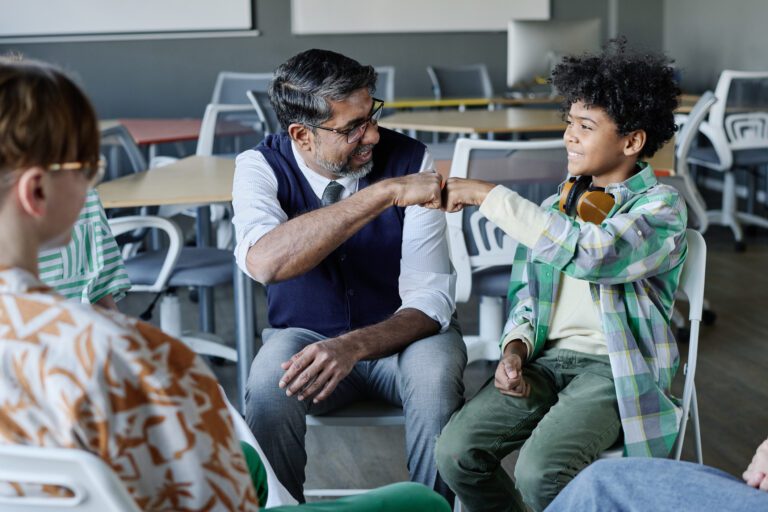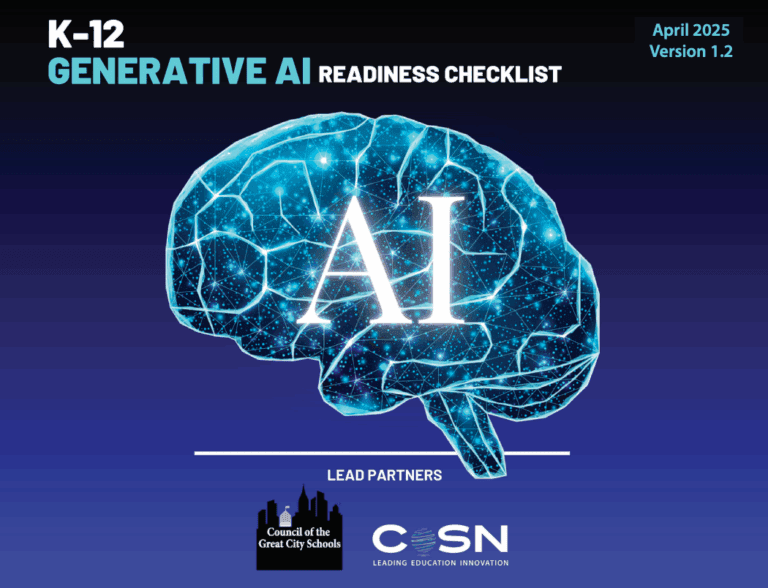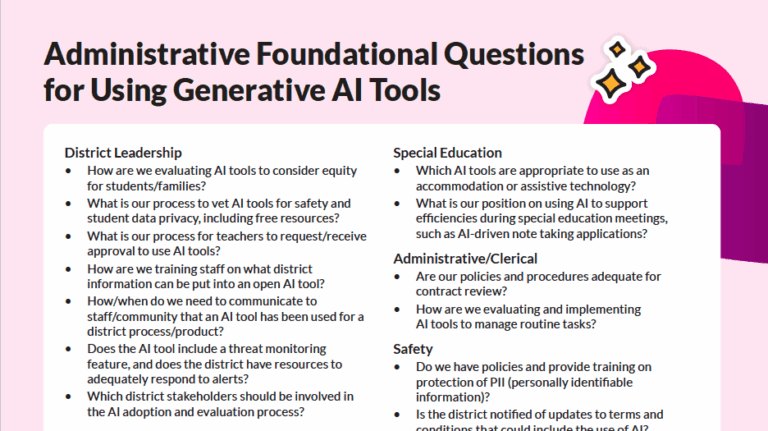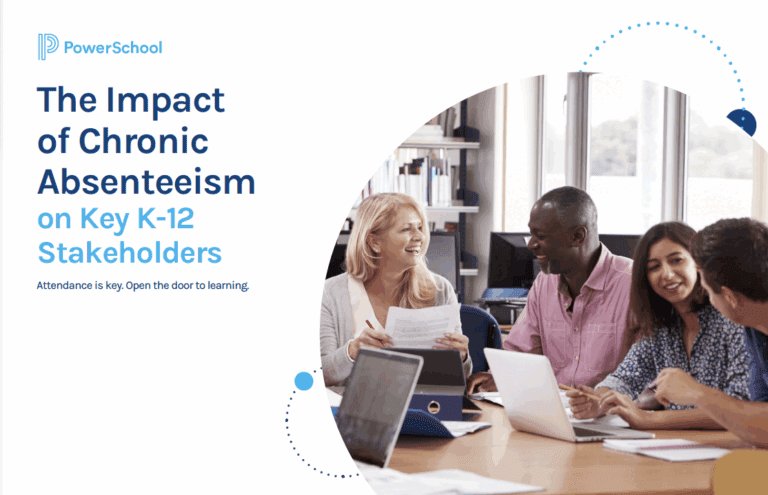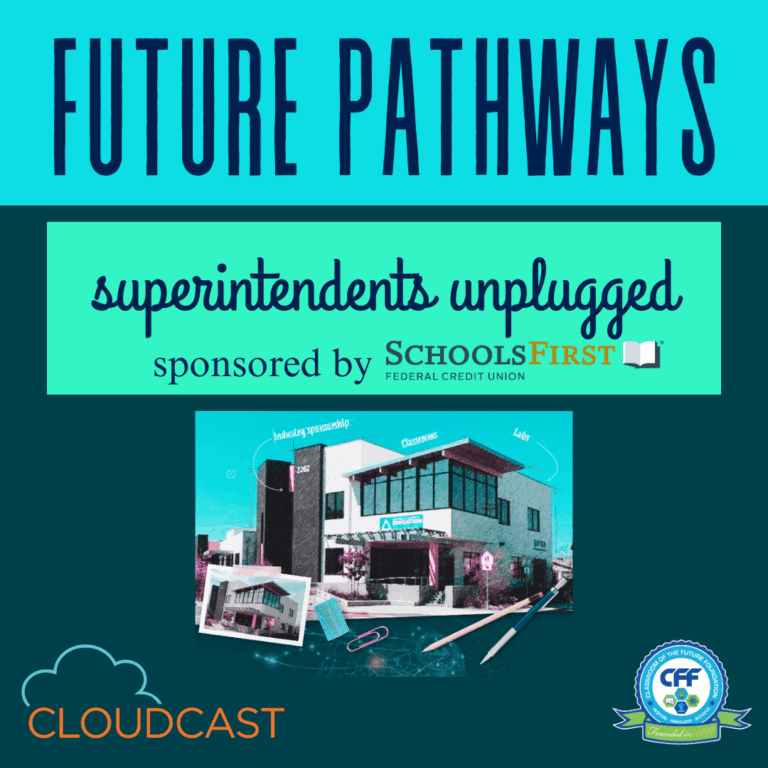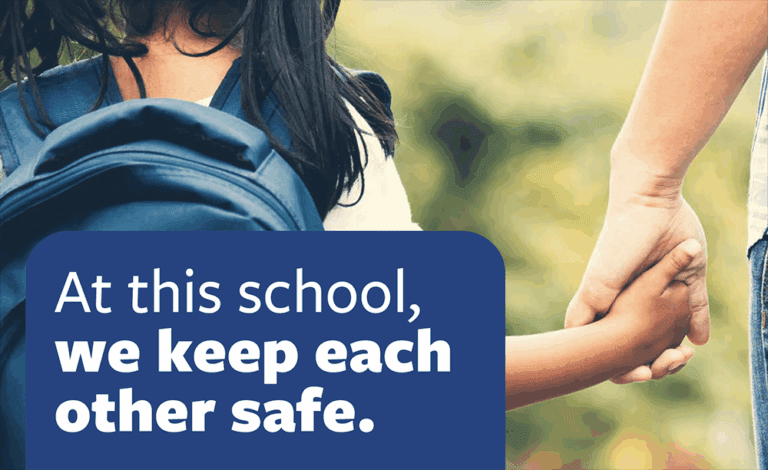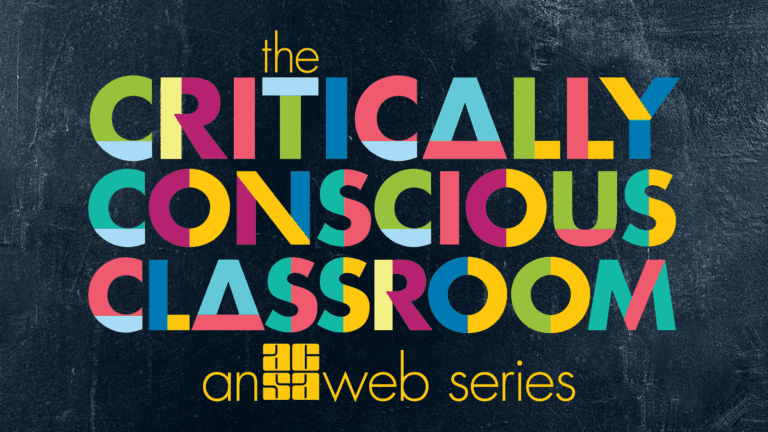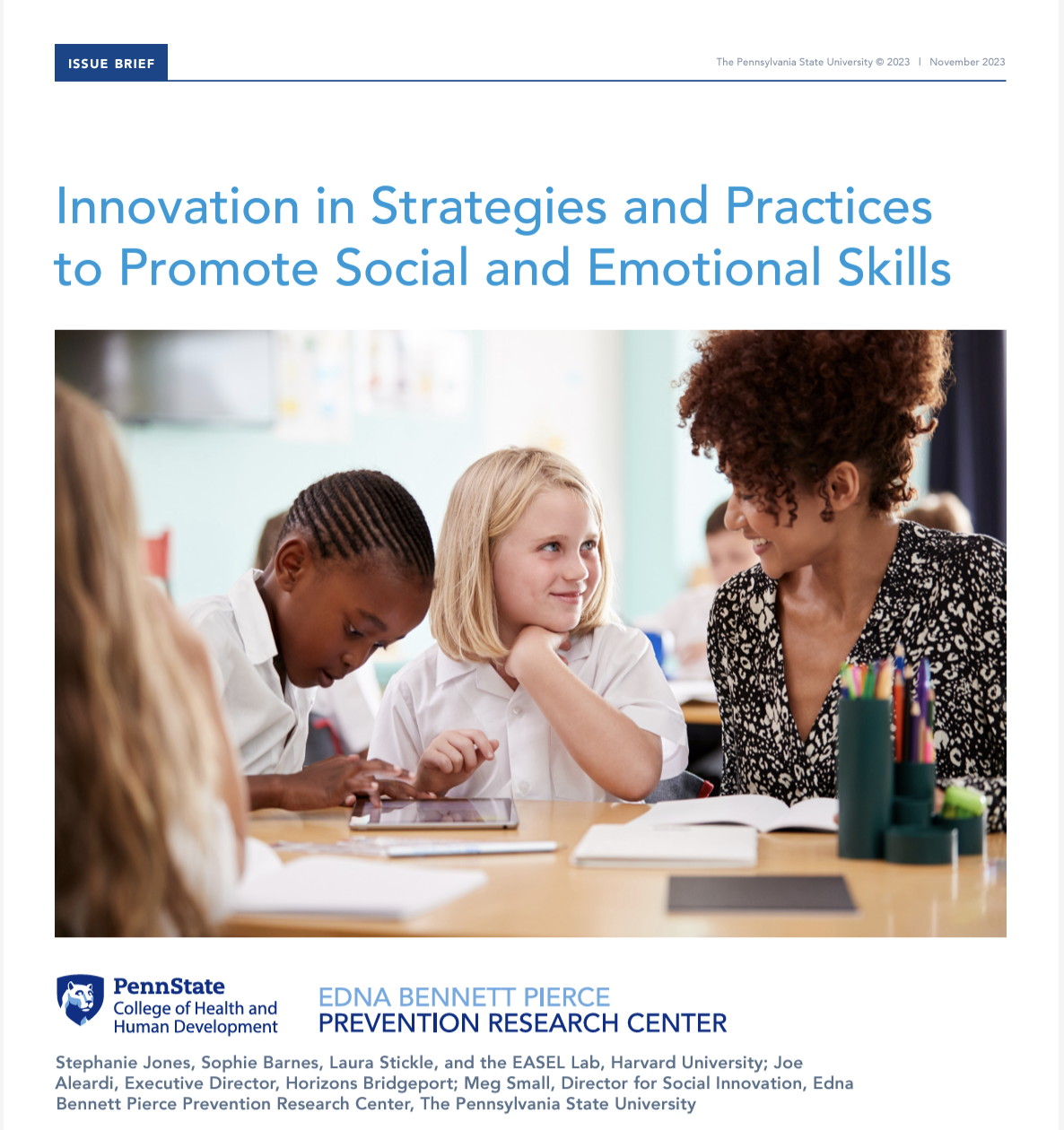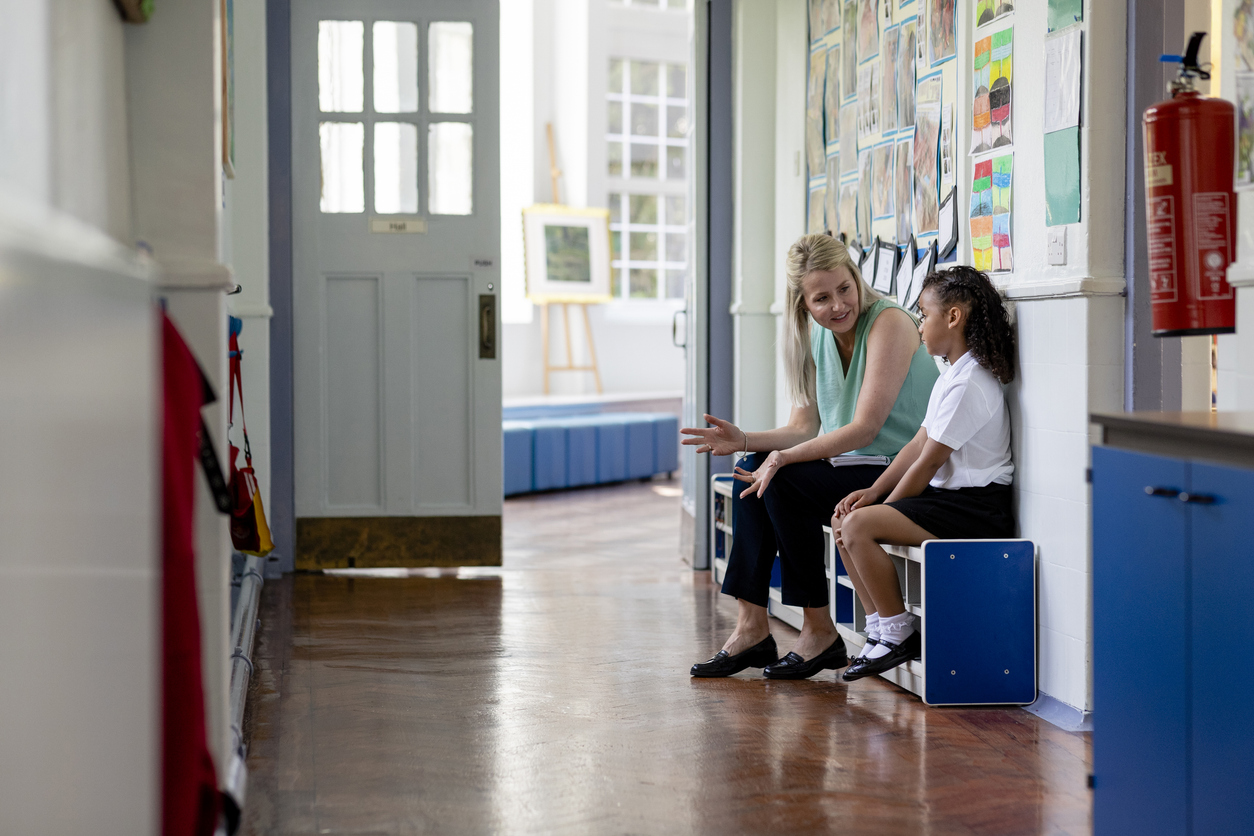This resource is provided by ACSA Partner4Purpose Capturing Kids’ Hearts.
School administrators, teachers, and other school staff can use the following six strategies and the supporting action steps to increase school connectedness:
1. Create decision-making processes that facilitate student, family, and community engagement; academic achievement; and staff empowerment.
-
Lead the school community in a process to develop a shared vision of high standards for learning and behavior.
-
Solicit teacher and staff input and involvement in all efforts to improve the school climate and students’ sense of connectedness to school.
-
Engage students, parents, school staff, and community members in teams to develop school policies and plan school-wide activities. These teams can also assist in writing proposals for grants and solicit support and supplies from local businesses.
-
Give teachers and principals appropriate decision-making authority over how school resources are used, including people, time, facilities, and funds.
-
Work with students, faculty, staff, and parents to identify simple changes or modifications that would make the school’s physical environment more pleasant.
-
Assign students developmentally appropriate levels of responsibility for classroom decision-making and management.
-
Empower students to communicate openly with school staff and parents by providing a mechanism for students to give in-depth evaluations of their teachers, and hold student-led parent-teacher conferences to actively involve students in the discussions.
-
Engage community partners to provide a range of services at the school that students and their families need (e.g., dental services, health screenings, child care, substance abuse treatment).
2. Provide education and opportunities to enable families to be actively involved in their children’s academic and school life.
- Provide opportunities for parents to increase their own skills and competence in areas that will help them be more involved in their children’s school life. Opportunities could include educational courses such as General Education Development (GED), English as a second language, and effective communication and leadership skills.
- Implement training workshops that provide parents with skills to better manage their children’s behavior. Skills can include identifying desirable and undesirable behaviors, communication strategies, conflict resolution, listening skills, setting expectations for behaviors, and appropriate praise. Parents also can learn about how to teach their children self-restraint and problem-solving.
- Provide parent workshops that teach academic support skills, such as how to talk with teachers about ways parents can help their children develop academic skills.
- Seek alternative ways to provide hard-to-reach parents with skills training, such as by using a telephone-based parent education program.
- Communicate the school’s behavioral and academic expectations to families, and encourage them to reinforce those expectations at home. Expectations can be communicated through newsletters, parent– teacher–student conferences, and school websites.
- Encourage parents to create a supportive learning environment in the home. This includes providing homework guidance, ensuring adequate educational supplies such as computers or books, and assisting their children with time management.
- Create a mechanism to strengthen family involvement in student achievement. This could include creating a full-time staff position to coordinate school-wide activities and parent involvement or assigning school staff members to be liaisons to specific students and their families. The school– family liaison can work with the family to identify ways to be involved in the classroom and school; organize meetings with the family and relevant staff to discuss student progress and other issues; ensure that the student and family feel welcome in the school; help set academic and behavioral goals; and connect the student and family with community resources.
- Establish regular meetings with parents to discuss their children’s behavior, grades, and accomplishments. These could include home visits, which are especially beneficial during key transition times (i.e., elementary to middle school, middle to high school, and high school to college/career).
- Have the first communication from the teacher to the parent be about a positive experience the student has had, not a negative one.
- Offer multiple opportunities for parents to be involved in meaningful school and classroom activities that can fit diverse schedules, skills, and abilities. Examples include assisting in the classroom, attending after-school events, collaborating on homework activities, participating in a school health team or parent organization, and assisting with linking community resources to the school.
- Reduce barriers to parent involvement by providing services such as babysitting, transportation, and alternate meeting locations.
- Create opportunities and mechanisms for parents to share important aspects of their culture, needs, and expectations for their children.
- Translate materials into languages spoken most commonly in students’ homes. Provide bilingual interpreters to assist non-English-speaking families at school events.
3. Provide students with the academic, emotional, and social skills necessary to be actively engaged in school.
- Implement tutoring programs to provide one-on-one assistance to students. Tutors can provide weekly academic help in reading and math, help students with decision-making, and work with students to develop specific academic and social goals.
- Support positive academic competition within and among schools. For example, schools can establish interscholastic team competitions in academic subjects and offer activities such as debate and physics projects.
- Offer extended learning opportunities for all students, such as summer and vacation camps, to improve academic and social skills.
- Provide opportunities for students to improve their interpersonal skills, such as problem-solving, conflict resolution, self-control, communication, negotiation, sharing, and good manners. Other skills that could be taught include listening, stress management, and decision-making.
- Foster pro-social behavior by engaging students in helping activities such as service learning, peer tutoring, classroom chores, and teacher assistance. Use classroom activities and lessons to explore and discuss empathy, personal strengths, fairness, kindness, and social responsibility.
- Teach refusal and resistance skills, including how to recognize social influences to engage in problem behaviors, identify consequences of problem behaviors, generate and suggest alternatives, and invite peers to join in those alternative activities.
- Correct inaccurate perceptions about what are normal behaviors among students (e.g., how many students smoke or drink alcohol).
- Use incidents in the classroom as “teachable moments” to educate students on self-control, empathy, cooperation, and conflict resolution skills.
- Provide opportunities throughout the school day that allow students to identify and label their feelings, express their feelings, and assess the intensity of their feelings.
- Engage students in planning for their future, including career and personal goals. Assist them in mapping out steps to take to meet their goals.
- Use school sporting events and physical education classes to promote teamwork and sportsmanship and emphasize fair play and nonviolence.

4. Use effective classroom management and teaching methods to foster a positive learning environment.
- Communicate clear expectations for learning and behavior. Ensure that expectations are developmentally appropriate and that all students are held to the same expectations.
- Ensure that lessons are linked to standards and are sequential to ensure that students’ learning builds upon prior lessons.
- Clearly describe lesson goals and how the information relates to students and the real world.
- Assess students continuously and use the results to guide the direction of the class and teaching methods used.
- Use interactive and experiential activities, such as group discussions, problem solving, and role playing, to engage students in learning and help them personalize the information.
- Be flexible with instructional strategies to allow for teachable moments and personalization of the academic lessons.
- Use a variety of teaching methods such as discussion questions, extra readings, and group projects to foster critical and reflective thinking, problem-solving skills, and the capacity to work effectively with others.
- Apply a variety of classroom management strategies and teaching methods that are conducive to the diverse needs and learning styles of students. Examples of strategies include assessing student knowledge before teaching, teaching to explicit learning objectives, involving students in small cooperative learning groups, and organizing and structuring the classroom in ways that prevent discipline problems from occurring.
- Engage students in appropriate leadership positions in the classroom and provide avenues for their voices and opinions to be heard. For example, include students in the decision-making process for setting classroom rules and consequences for breaking the rules.
- Establish a reward system for both academic and extracurricular achievements, such as written praise or coupons to purchase items in the school store.
- In addition, encourage the intrinsic rewards of learning by displaying student work and accomplishments to parents, other students and teachers, and members of the community.
- Provide diverse opportunities for students to be meaningfully involved, learn, and be recognized. These opportunities could include service learning, extracurricular activities, and creative projects. For example, integrate academic programs with community service (e.g., developing writing skills by working on a community newspaper, reinforcing math skills by tutoring younger students).
- Encourage open, respectful communication about differing viewpoints. Creating opportunities for students to challenge and debate can teach respect for diverse opinions and perspectives.
- Reduce class size to ensure more time for individualized assistance.
5. Provide professional development and support for teachers and other school staff to enable them to meet the diverse cognitive, emotional, and social needs of children and adolescents.
- Employ teachers who have been trained in child development, and demonstrate effective implementation of student-centered pedagogy, a variety of classroom management techniques, and teaching methods (e.g., cooperative learning).
- Offer professional development on ways to organize and structure the classroom to promote a positive environment. Developmentally appropriate discipline strategies emphasize positive behaviors and values and assist students in developing self-control.
- Educate school staff on strategies to effectively involve parents in their children’s school life. Important skills include how to establish regular communication, communicate effectively with parents from diverse cultures, conduct effective parent–teacher– student conferences, involve parents in homework assignments, and organize classroom events that engage parents.
- Provide training on all curricula the school plans to use, as well as effective teaching methods (e.g., cooperative learning, active learning), to maximize the curricula’s effectiveness. Ensure that teachers have the necessary materials, time, resources, and support to effectively use the skills learned in training.
- Enable teachers to learn from each other by building learning teams to observe experienced teachers applying effective classroom management techniques and facilitating group work in a way that values students’ thoughts and opinions.
- Develop a coaching or mentoring program for teachers. Pairing teachers in this manner allows them to solve problems at school, share teaching techniques and classroom management strategies, and create a supportive work environment.
6. Create trusting and caring relationships that promote open communication among administrators, teachers, staff, students, families, and communities.
- Consider structuring the school so that teachers stay with the same students for 3 years in elementary and middle school and 2 or more years in high school. This can provide better continuity in learning and might allow the development of stronger teacher–student relationships.
- Allow students and their parents to use the school building and property outside of school hours for recreational or health promotion programs. This can increase their feeling of being part of the school community.
- Apply reasonable and consistent disciplinary policies that are collectively agreed upon by students and staff and are fairly enforced.
- Hold school-wide activities that give students opportunities to learn about different cultures, people with disabilities, and topics such as arts or sports. This will increase students’ respect for diversity and form connections among students. Increasing understanding of similarities and differences can engender respect. e. Provide opportunities for students of all achievement levels to interact with one another and develop friendships, promote teamwork, and lessen hierarchical divisions between older and younger students.
- Create opportunities for students to work in partnership with adults in helping roles. For example, service learning opportunities enable students to connect with adults in the community (e.g., field trips, community volunteer events, internships). Involve students in activities that traditionally involved only adults (e.g., parent–teacher conferences, curriculum selection committees, school health teams).
- Have principals, teachers, and other school staff commit to and model respectful behavior toward each other.
- Challenge staff to greet each student by name.
- Encourage school staff to make a concerted effort to reach out to students who may be experiencing academic or social issues and get to know them, opening up the possibility for stronger relationships with those students.
- Ensure that school staff members have an expert (e.g., school counselor, school psychologist) they can consult with about student issues they feel are beyond their expertise, and to whom they can refer students who need assistance they are not qualified to provide.
- Use a variety of methods to communicate and promote expectations, values, and group norms that support positive health and academic behaviors. Communications can be addressed to students, school staff, families, and members of the community through a variety of channels such as school assemblies, newsletters, or a school website.





